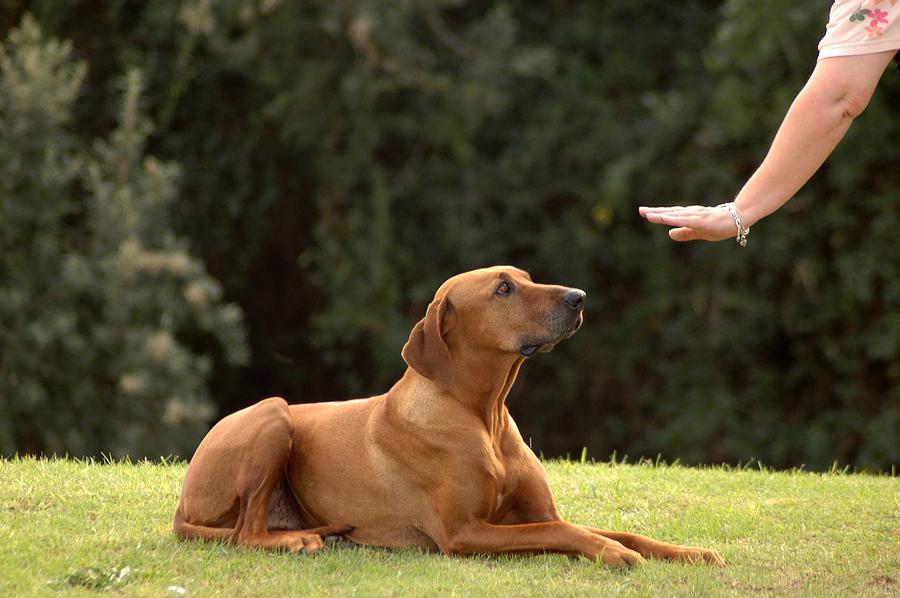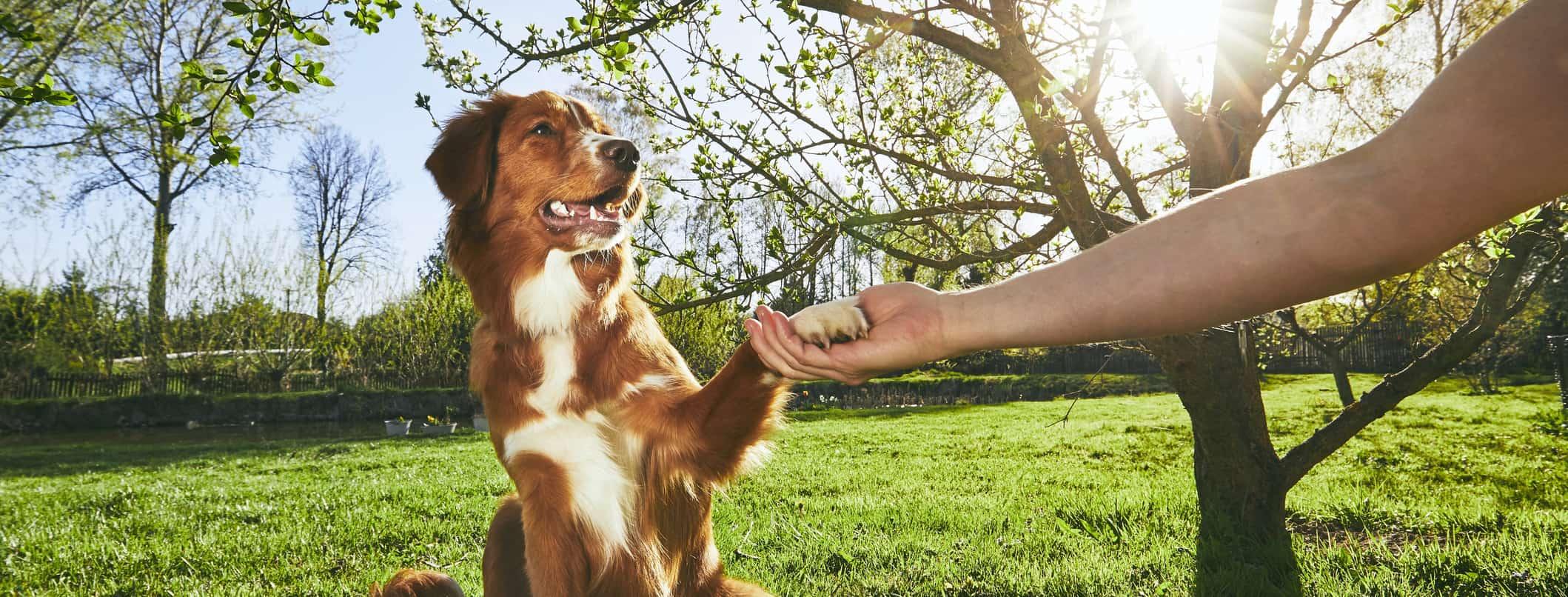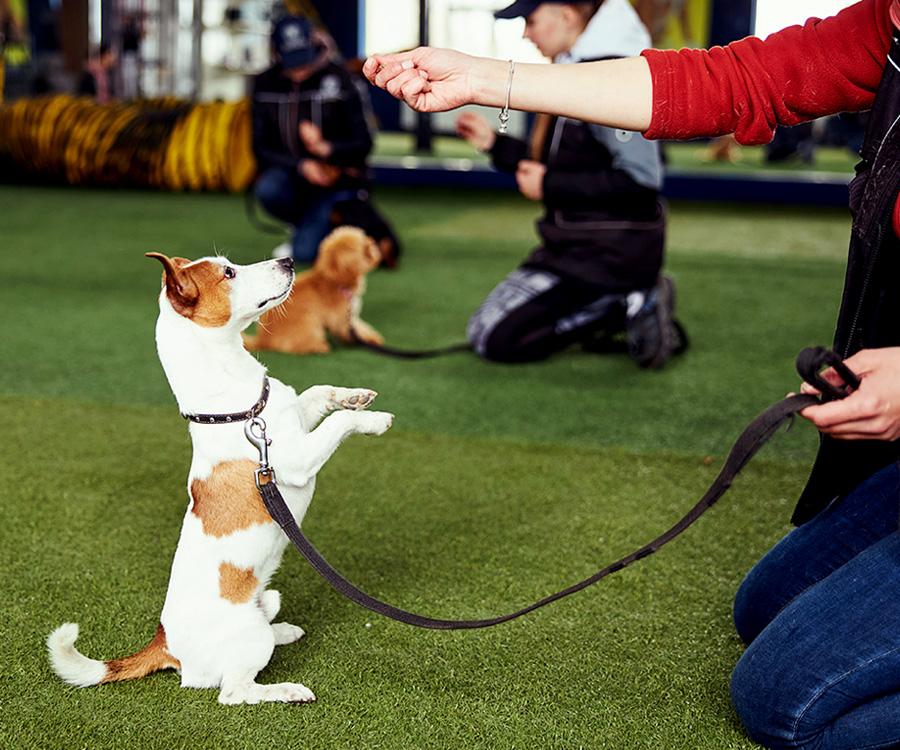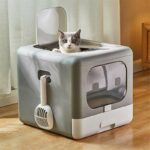When it comes to our beloved canine companions, the occasional indoor mishap can be as frustrating as it is perplexing. Understanding how to address unwanted behaviors, particularly when it comes to bathroom habits, is essential for maintaining a harmonious home. But the question arises: how can we effectively guide our dogs without resorting to harsh punishments?
In this article, we delve into thoughtful and humane strategies for addressing the issue of indoor pooping. We’ll explore techniques that not only encourage better habits but also reinforce the bond of trust between you and your furry friend. Join us as we navigate the delicate balance of correction and compassion, paving the way for a well-trained pup and a poop-free living space.
Table of Contents
- Understanding the Canine Mindset: Why Dogs Poop Indoors
- Creating a Positive Environment: Setting Your Dog Up for Success
- Gentle Correction Techniques: How to Redirect Unwanted Behavior
- Establishing a Routine: Building Healthy Bathroom Habits Together
- Q&A
- Key Takeaways
Understanding the Canine Mindset: Why Dogs Poop Indoors
Dogs are fascinating creatures with unique behaviors and instincts that influence their actions, including why they sometimes relieve themselves indoors. Understanding the canine mindset involves recognizing that a dog’s indoor pooping can stem from various factors such as anxiety, lack of proper training, or even health issues. It’s important to remember that punishment may not be the most effective approach; instead, looking at the root cause of the behavior can lead to better outcomes. For instance, if a dog feels stressed due to changes in their environment, engaging in calming activities and establishing a routine can help alleviate this issue. Here are some common reasons dogs may poop inside:
- Separation anxiety: Dogs that struggle with being alone may resort to indoor accidents.
- Medical issues: Conditions like diarrhea or bladder infections can lead to frequent accidents.
- Lack of training: Puppies or newly adopted dogs may not yet understand where it’s appropriate to go.
- Marking territory: Unneutered males may mark their territory, leading to indoor messes.
Identifying these triggers is the first step in creating a successful training strategy that encourages outdoor bathroom habits. While it’s tempting to resort to punitive measures, positive reinforcement has proven to be more effective in shaping desired behaviors. Instead of using physical punishment or harsh reprimands, consider rewarding your dog with treats and praise when they go outside. This approach helps them associate outdoor bathroom breaks with good experiences, enhancing learning through positive motivations. Here’s a simple comparison of methods:
| Method | Effectiveness | Impact on Relationship |
|---|---|---|
| Punishment | Often counterproductive | Can damage trust |
| Positive Reinforcement | Highly effective | Strengthens bond |

Creating a Positive Environment: Setting Your Dog Up for Success
Creating a nurturing atmosphere for your dog is essential in preventing mishaps within your home. By establishing a consistent routine, you help your furry friend understand when and where it’s appropriate to relieve themselves. This routine should include:
- Regular feeding times: Dogs thrive on predictability.
- Planned potty breaks: Take them out after meals, play, and naps.
- Positive reinforcement: Celebrate successes with treats and praise.
- Safe space: Make your home a comfortable place, free from stress.
In addition to routine, the environment plays a pivotal role in your dog’s behaviors. Ensure their designated potty area is easily accessible and recognizable. You can enhance this space by:
- Using familiar scents: Consider using an item from their bedding or toys.
- Creating a designated potty zone: A specific area outdoors helps solidify the idea.
- Employing barriers: Use gates to manage space and keep them from wandering.
This thoughtful setup not only makes it easier for your dog to succeed but also fosters a bond built on trust and understanding.

Gentle Correction Techniques: How to Redirect Unwanted Behavior
Redirecting unwanted behavior in dogs requires patience and understanding, emphasizing positive reinforcement over punishment. When your dog has an accident indoors, it’s essential to gently guide them towards the desired behavior rather than scolding them. Start by observing your dog’s body language and look for signs that they need to go outside, such as sniffing around or pacing. When you notice these cues, promptly lead them outdoors to their designated bathroom area. Be sure to reward them with treats and praise when they do their business outside, reinforcing the habit of going outside and creating a positive association.
In addition to monitoring your dog’s signals, establish a consistent routine that includes regular bathroom breaks, especially after meals and naps. This routine will help your dog learn when and where they are expected to relieve themselves. Consider creating a potty schedule that outlines these breaks:
| Time | Activity |
|---|---|
| 7:00 AM | Morning walk |
| 12:00 PM | Lunch break |
| 5:00 PM | Evening walk |
| 10:00 PM | Before bedtime |
By consistently following this schedule and rewarding your dog for appropriate behavior, you’ll help them develop good habits without the need for harsh corrections. This approach not only nurtures your dog’s emotional well-being but also fosters a strong bond built on trust and respect.

Establishing a Routine: Building Healthy Bathroom Habits Together
- Consistent Timing: Take your dog out first thing in the morning, after meals, and before bedtime.
- Designated Spots: Choose a specific area in your yard for bathroom breaks to reinforce the habit.
- Positive Reinforcement: Praise and reward your dog immediately after they go outside, so they associate the action with positive outcomes.
It’s important to stay patient and supportive throughout this process. If accidents happen indoors, gently redirect your dog to the appropriate spot outside. Avoid harsh punishments as they can create fear and anxiety, which may worsen the problem. Instead, focus on understanding your dog’s needs and responding to their signals. Here’s a quick reference table to summarize effective tips for building healthy bathroom habits:
| Tip | Description |
|---|---|
| Routine | Create a schedule for bathroom breaks. |
| Location | Use a specific spot for them to go. |
| Rewards | Always reward them after successful outdoor bathroom activity. |
Q&A
Q&A: How to Punish Dogs for Pooping in the House: Effective and Kind Tips
Q1: Is it effective to punish my dog for pooping inside the house?
A1: Punishment is often not the most effective solution. Dogs typically do not associate punishment with past actions, especially if they occur long after the deed is done. Instead, focus on understanding the reasons behind the behavior and redirecting your dog’s actions positively.
Q2: What should I do if I catch my dog in the act of pooping indoors?
A2: If you catch your dog in the act, instead of punishing, gently interrupt them with a cue like “Oops!” and lead them outside to finish. Praise them when they complete their business outdoors. This positive reinforcement helps them associate outdoor pooping with praise rather than fear.
Q3: How can I prevent indoor accidents in the first place?
A3: Establish a consistent routine for bathroom breaks. Take your dog outside after meals, playtime, and first thing in the morning. Additionally, closely monitor your dog while they’re indoors, especially right after they’ve eaten or played, as these are common times for them to need to go.
Q4: What if my dog keeps pooping inside, even after training?
A4: Consistency is key! If accidents persist, revisit your training strategy. Consider factors such as your dog’s age, health, and environment. Some dogs may require more frequent bathroom breaks, while others may have underlying health issues that need addressing. Consulting a veterinarian can provide valuable insights.
Q5: Should I use any products to help manage indoor accidents?
A5: Yes! Consider using enzymatic cleaners to thoroughly clean any areas where accidents have occurred. This helps eliminate odors that may attract your dog back to the spot. Additionally, training pads can be a helpful transition tool, especially for puppies or older dogs with special needs.
Q6: How do I deal with my frustration over my dog’s accidents?
A6: It’s completely normal to feel frustrated! Remember to approach the situation with patience and compassion. Take breaks if you’re feeling overwhelmed, and remind yourself that training takes time. Keeping a positive mindset is essential for you and your dog’s learning experience.
Q7: Can my dog’s diet affect their bathroom habits?
A7: Absolutely! A poor diet can lead to digestive issues, which may result in irregular bathroom habits. Consult your vet to ensure your dog is getting a balanced diet that suits their needs, as this can help regulate their bathroom behavior and reduce accidents.
Q8: What are some kind and effective training methods for indoor pooping?
A8: Positive reinforcement is the most effective method. Use treats, praise, and affection to reward your dog for going potty outdoors. Consider clicker training, where you click and reward your dog immediately when they perform the desired behavior outside. Consistency, patience, and kindness are your best tools!
Q9: When should I seek professional help with my dog’s behavior?
A9: If your dog continues to have accidents despite consistent training, or if you notice other behavioral issues or signs of distress, it may be time to consult a professional dog trainer or behaviorist. They can provide personalized strategies and support tailored to your dog’s unique needs.
With thoughtful strategies and a kind approach, you can effectively guide your dog towards better bathroom habits while nurturing your bond. Remember, every dog learns at their own pace!
Key Takeaways
addressing the challenge of indoor accidents requires a balanced approach that prioritizes understanding and patience. While it’s natural to feel frustrated when your dog relieves themselves in the house, remember that punishment is not the path to success. Instead, focus on creating a positive environment that encourages good habits through consistent training, rewards, and clear communication.
By fostering a deeper bond with your furry friend and being mindful of their needs, you can guide them toward the desired behavior without resorting to harsh measures. The journey of pet parenthood is filled with learning opportunities, and with each experience, you and your dog can grow together. So, embrace the process, celebrate the small victories, and remember that kindness really is the best teacher. Happy training!
















